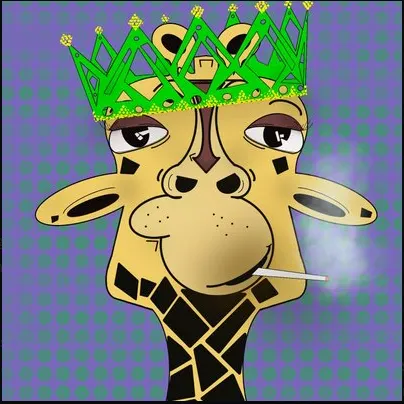In 2017, ERC-20 was the Ethereum token standard that launched a thousand ICOs. Today, ERC-721 has launched a thousand non-fungible tokens (NFTs). Originally the lesser-known cousin of the ERC-20, ERC-721 has grown to become a pillar of the Ethereum ecosystem, underpinning billions of dollars worth of NFTs.
Blockchains are a revolutionary technology upon which entirely new models of value and ownership are being developed.
Before the ERC-721 token standard, most tokens on blockchains functioned either as a currency, a store of value like gold, or a kind of stock or equity. With ERC-721, it became easy to create tokens that were verifiably, cryptographically unique—and that could be linked to unique content, from artwork to music to sneakers.
What is ERC-721?
Firstly, ERC-721 is a type of standard — a template or format that other developers agree to follow. Following the same standards makes writing code easier, more predictable, and reusable. These standards are completely voluntary, but following a widely used standard means compatibility with a wide variety of applications including exchanges, dapps, and wallets.
ERC-721 is a token standard on Ethereum for non-fungible tokens (NFTs). Fungible means interchangeable and replaceable; Bitcoin is fungible because any Bitcoin can replace any other Bitcoin. Each NFT, on the other hand, is completely unique. One NFT cannot replace another.
Who Invented ERC-721?
The initial ERC-721 specification was proposed by Dieter Shirley as an Ethereum Improvement Proposal (EIP), which is a process for introducing new standards to Ethereum.
Anyone can submit an EIP, but it goes through a process of review and revision before it is accepted by the community. Once accepted, the EIP moves to an Ethereum Request for Comments (ERC), which is a standard process for Ethereum applications. The official authors of the ERC-721 standard are William Entriken, Dieter Shirley, Jacob Evans, and Nastassia Sachs.
Did you know?
Early NFT project
CryptoKitties follows the ERC-721 standard; the cat collecting game used the beta version of ERC-721 before the standard was finalized.
What’s so special about ERC-721?
The main characteristic of ERC-721 tokens is that each one is unique. When an ERC-721 token is created, there is one and only one of those tokens in existence. These tokens, as NFTs, have spread the idea and application of unique assets on Ethereum.
Did you know?
ERC-721 tokens were also known as deeds, because being in possession of an ERC-721 means that the holder owns the rights to that token and what it represents. However, the authors of ERC-721 decided to use the term "non-fungible token" for an ERC-721 token because the deed was thought to be too closely associated with property and NFTs have many more potential applications.
How are ERC-721 NFTs produced?
A token is simply a smart contract or a piece of code on Ethereum. An ERC-721 token is created by writing a piece of code in a smart contract programming language like Solidity that follows the same basic template or base code.
Once the basic template is followed, you can decide on unique details about the token you are creating such as the owner, name of the token, symbols, etc. You can even program extra functionality into your NFT, but the real fun is how the NFT interacts with other smart contracts.
How do you get hold of ERC-721 NFTs?
To get your very own NFT, head over to one of the many trusted NFT marketplaces such as OpenSea or Rarible. Connect an Ethereum wallet such as MetaMask, and browse until you find an NFT that you like and is within your price range. To buy the NFT, make sure you have enough ETH in your wallet and follow the instructions on the screen.
All the major NFT marketplaces have intuitive user interfaces that make buying an NFT as simple as clicking a few buttons. Also, all major Ethereum-compatible wallets support the ERC-721 standard. To store your NFT you'll need an Ethereum wallet; either a software wallet such as MetaMask, or a hardware wallet.
Once you buy the NFT, you are the rightful owner, and no one can take it away or steal it from you — provided you protect your wallet and don't fall prey to a scammer.
Cheat Sheet
- Before the ERC-721 token standard, most tokens on blockchains functioned either as a currency, a store of value like gold, or a kind of stock or equity.
- With ERC-721, it became easy to create tokens that were verifiably, cryptographically unique—and that could be linked to unique content, from artwork to music to sneakers.
Up Next
Ready to buy some ETH? In our next lesson, we learn how how to do so via MetaMask.








